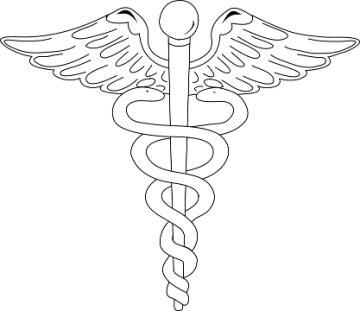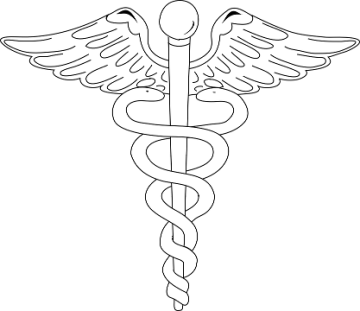Is Your iPad Being a Literal Pain in The Neck?
The answer is likely yes—especially if you’re a young adult or a woman. “iPad neck” persistent pain in the neck and upper shoulders caused by slouching or bending into extreme positions while using tablet computers—is a growing problem among Americans, according to a new UNLV study.
- Read more about Is Your iPad Being a Literal Pain in The Neck?
- Log in to post comments









